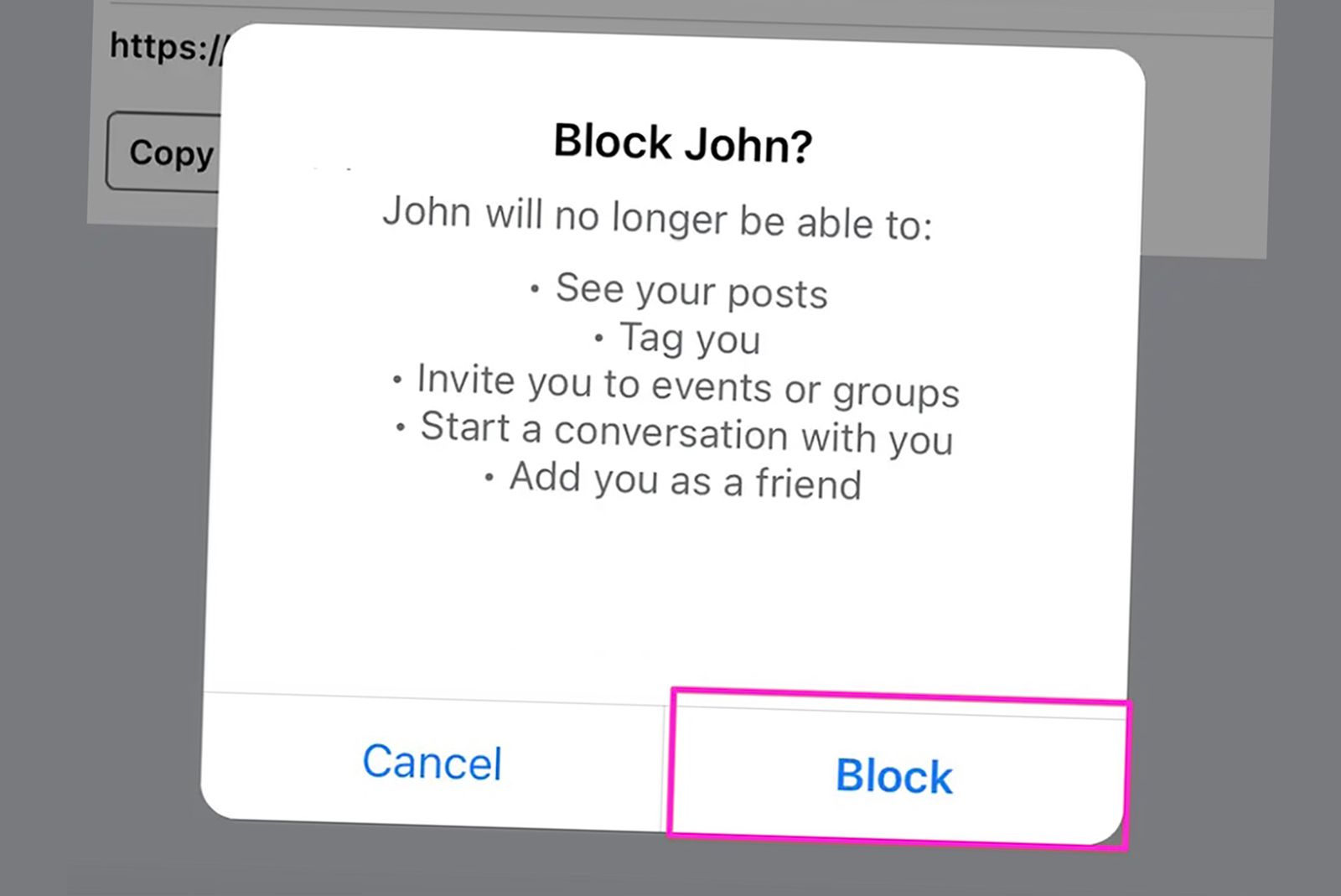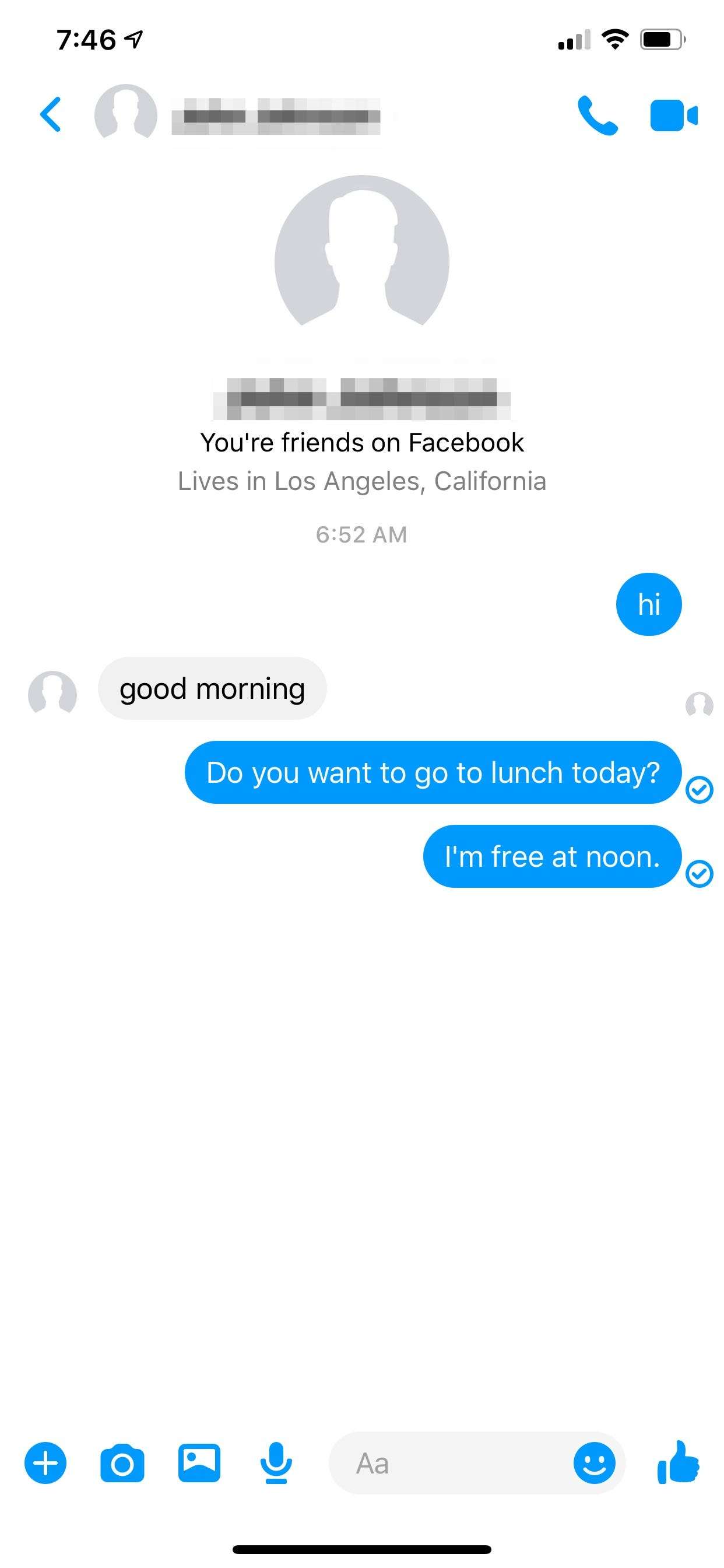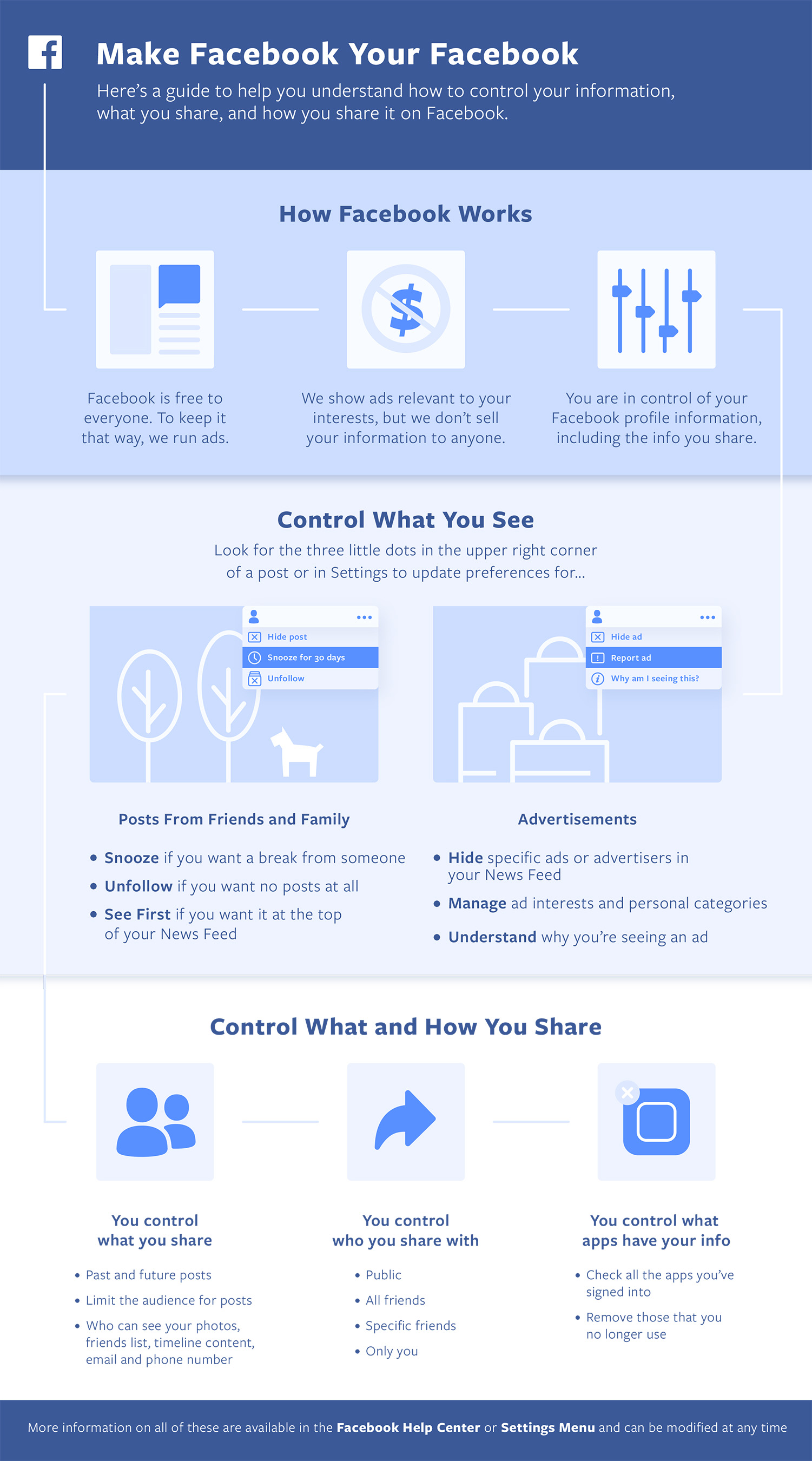Is Someone Ignoring You or Have You Been Blocked?
Have you ever found yourself wondering why someone on Facebook is suddenly ignoring your messages or comments? You try to reach out to them, but your attempts are met with silence. It’s natural to feel confused and frustrated in this situation. One possible explanation is that the person has blocked you on Facebook. But how can you be sure? In this article, we’ll explore the signs that indicate you’ve been blocked on Facebook and provide guidance on how to navigate this situation.
Being blocked on Facebook can be a puzzling experience, especially if you’re not sure what you did to warrant this action. It’s essential to understand that being blocked is not the same as being ignored. When someone blocks you, they’re taking a deliberate step to restrict your access to their profile and limit your interactions with them. On the other hand, being ignored might simply mean that the person is busy or not interested in engaging with you at the moment.
To determine whether you’ve been blocked or ignored, it’s crucial to look out for specific signs. If you’re unable to see the person’s profile or posts, it could be a sign that you’ve been blocked. Similarly, if you’re unable to send them messages or friend requests, it’s likely that they’ve taken steps to block you. In the following sections, we’ll delve deeper into the obvious and subtle signs that indicate you’ve been blocked on Facebook.
Understanding Facebook’s Blocking Feature
Facebook’s blocking feature is a powerful tool that allows users to control who can see their content and interact with them on the platform. When someone blocks you on Facebook, they are essentially restricting your access to their profile and limiting your ability to interact with them. This means that you will no longer be able to see their posts, send them messages, or tag them in photos.
When you are blocked by someone on Facebook, you will not receive a notification or any indication that you have been blocked. However, you may notice that you can no longer see the person’s profile or interact with them in any way. This can be a confusing and frustrating experience, especially if you are not sure why you have been blocked.
It’s worth noting that Facebook’s blocking feature is a one-way restriction. This means that even if someone has blocked you, you can still see their public posts and interact with their public content. However, you will not be able to see their private posts or interact with them in any way that requires mutual friendship or permission.
Understanding how Facebook’s blocking feature works is an important step in identifying whether you have been blocked by someone on the platform. In the next section, we will explore the obvious signs that you have been blocked on Facebook, including being unable to see the person’s profile or posts, and not being able to send them messages or friend requests.
The Obvious Signs: What to Look Out for
If someone has blocked you on Facebook, there are several obvious signs that you can look out for. One of the most common signs is that you are unable to see the person’s profile or posts. If you try to visit their profile, you may see a message that says “This content is not available” or “You can’t see this person’s profile.” This is a strong indication that you have been blocked.
Another obvious sign is that you are unable to send the person messages or friend requests. If you try to send them a message, you may see a message that says “This person is not available to receive messages” or “You can’t send messages to this person.” Similarly, if you try to send them a friend request, you may see a message that says “This person is not available to receive friend requests” or “You can’t send friend requests to this person.”
In addition to these signs, you may also notice that you are unable to tag the person in photos or posts, or that you are unable to see their comments or likes on your posts. These are all strong indications that you have been blocked by the person on Facebook.
It’s worth noting that these signs can also be indicative of other issues, such as the person’s account being deactivated or suspended. However, if you are experiencing multiple signs, it is likely that you have been blocked.
In the next section, we will explore the more subtle signs that you might have been blocked on Facebook, such as a sudden drop in interactions or a lack of responses to your messages or comments.
Subtle Clues: Identifying the Not-So-Obvious Signs
In addition to the obvious signs of being blocked on Facebook, there are also some more subtle clues that you can look out for. One of these signs is a sudden drop in interactions with the person. If you notice that the person is no longer liking or commenting on your posts, or if they are no longer responding to your messages, it could be a sign that they have blocked you.
Another subtle sign is a lack of responses to your messages or comments. If you send the person a message or comment on one of their posts, and they don’t respond, it could be a sign that they have blocked you. This is especially true if the person was previously responsive to your messages and comments.
You may also notice that the person’s profile picture or cover photo is no longer visible to you. This could be a sign that they have blocked you, as Facebook will not display the profile picture or cover photo of someone who has blocked you.
Finally, you may notice that the person’s name is no longer highlighted in blue when you search for them on Facebook. This could be a sign that they have blocked you, as Facebook will not highlight the name of someone who has blocked you in search results.
These subtle signs can be indicative of being blocked on Facebook, but they can also be caused by other factors, such as the person’s account being deactivated or suspended. In the next section, we will explore how to investigate further to confirm whether you’ve been blocked.
Investigating Further: How to Confirm Your Suspicions
If you suspect that someone has blocked you on Facebook, there are several ways to investigate further to confirm your suspicions. One way to do this is to check your friend list. If the person’s name is no longer on your friend list, it could be a sign that they have blocked you.
Another way to investigate is to search for the person’s name on Facebook. If their profile does not appear in the search results, or if their profile picture and cover photo are not visible, it could be a sign that they have blocked you.
You can also try sending the person a message or comment on one of their posts. If your message or comment is not delivered, or if the person does not respond, it could be a sign that they have blocked you.
Additionally, you can try checking the person’s profile page to see if you can see their posts and updates. If you are unable to see their posts and updates, it could be a sign that they have blocked you.
It’s worth noting that these methods are not foolproof, and there could be other explanations for why you are unable to see the person’s profile or interact with them. However, if you are experiencing multiple signs of being blocked, it is likely that the person has indeed blocked you.
In the next section, we will explore what to do next if you have been blocked on Facebook, including how to reach out to the person (if desired) and how to move on from the situation.
What to Do Next: Coping with Being Blocked
If you’ve determined that someone has blocked you on Facebook, it’s essential to know how to cope with the situation. First and foremost, it’s crucial to respect the person’s decision to block you. Avoid trying to contact them or sending them messages, as this can be seen as harassment.
Instead, focus on moving on from the situation. Unfollow the person’s profile and remove any mutual friends or connections that may be causing tension. This will help you to distance yourself from the situation and avoid any further conflict.
If you feel that the block was unjustified or that you need to communicate with the person, consider reaching out to them via a different platform or method. However, be respectful of their boundaries and avoid being pushy or aggressive.
It’s also essential to take this opportunity to reflect on your online behavior and interactions. Ask yourself if there was anything you could have done differently to avoid being blocked. Use this as a chance to learn and grow, and to improve your online relationships in the future.
Remember, being blocked on Facebook is not the end of the world. It’s a minor setback, and there are plenty of other people and connections to focus on. By taking the high road and moving on from the situation, you can maintain a positive and healthy online presence.
In the next section, we will explore how to prevent future blocks by sharing best practices for interacting with others on Facebook.
Preventing Future Blocks: Best Practices for Facebook Interactions
To minimize the risk of being blocked on Facebook, it’s essential to follow best practices for interacting with others on the platform. One of the most important things you can do is to be respectful and considerate in your online interactions. Avoid posting inflammatory or offensive content, and refrain from engaging in arguments or debates that may escalate into conflicts.
Another key best practice is to be mindful of your online behavior and avoid engaging in behaviors that may be perceived as spammy or annoying. This includes avoiding excessive posting, commenting, or messaging, as well as refraining from sending unsolicited friend requests or messages.
It’s also essential to respect people’s boundaries and personal space on Facebook. Avoid sending messages or comments that may be perceived as intrusive or invasive, and refrain from posting content that may be considered private or sensitive.
Additionally, it’s a good idea to be aware of Facebook’s community standards and guidelines, and to ensure that your online behavior is in compliance with these standards. This includes avoiding hate speech, harassment, and other forms of online abuse.
By following these best practices, you can minimize the risk of being blocked on Facebook and maintain positive online relationships with others. Remember, Facebook is a social platform, and it’s essential to be social and respectful in your online interactions.
In the next section, we will summarize the key takeaways from the article and encourage readers to take control of their Facebook experience.
Conclusion: Taking Control of Your Facebook Experience
In conclusion, being blocked on Facebook can be a frustrating and confusing experience, but by being aware of the signs and taking steps to maintain positive online relationships, you can minimize the risk of being blocked and take control of your Facebook experience.
Remember, Facebook is a social platform, and it’s essential to be social and respectful in your online interactions. By following the best practices outlined in this article, you can build strong and positive relationships with others on Facebook and avoid being blocked.
Don’t let being blocked on Facebook get you down. Instead, use it as an opportunity to reflect on your online behavior and interactions, and to make positive changes to your Facebook experience. By taking control of your Facebook experience, you can build a stronger and more positive online presence, and connect with others in a meaningful way.
By being aware of the signs of being blocked and taking steps to maintain positive online relationships, you can take control of your Facebook experience and build a stronger and more positive online presence. So, go ahead and take the first step towards a more positive and fulfilling Facebook experience.







